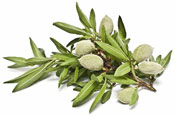Time for a Hard Look- Walnuts
The way forward to a better future is not clear. Forging ahead with the same practices and expecting a natural return to better times is looking like a long shot- it’s time to stop, think, observe, and plan for the future. Continue reading

